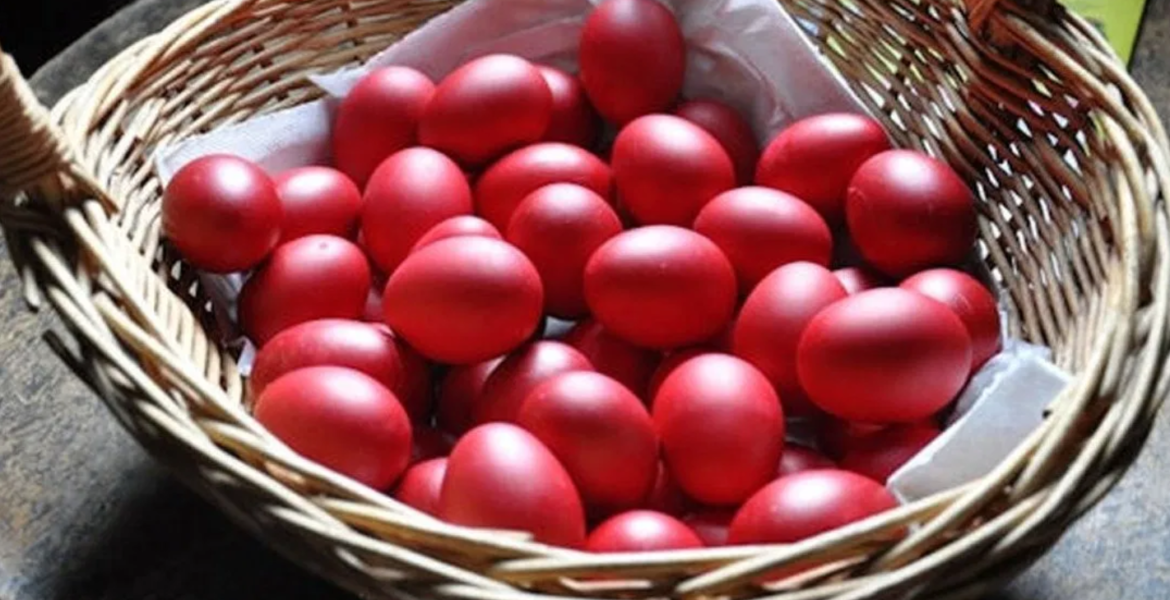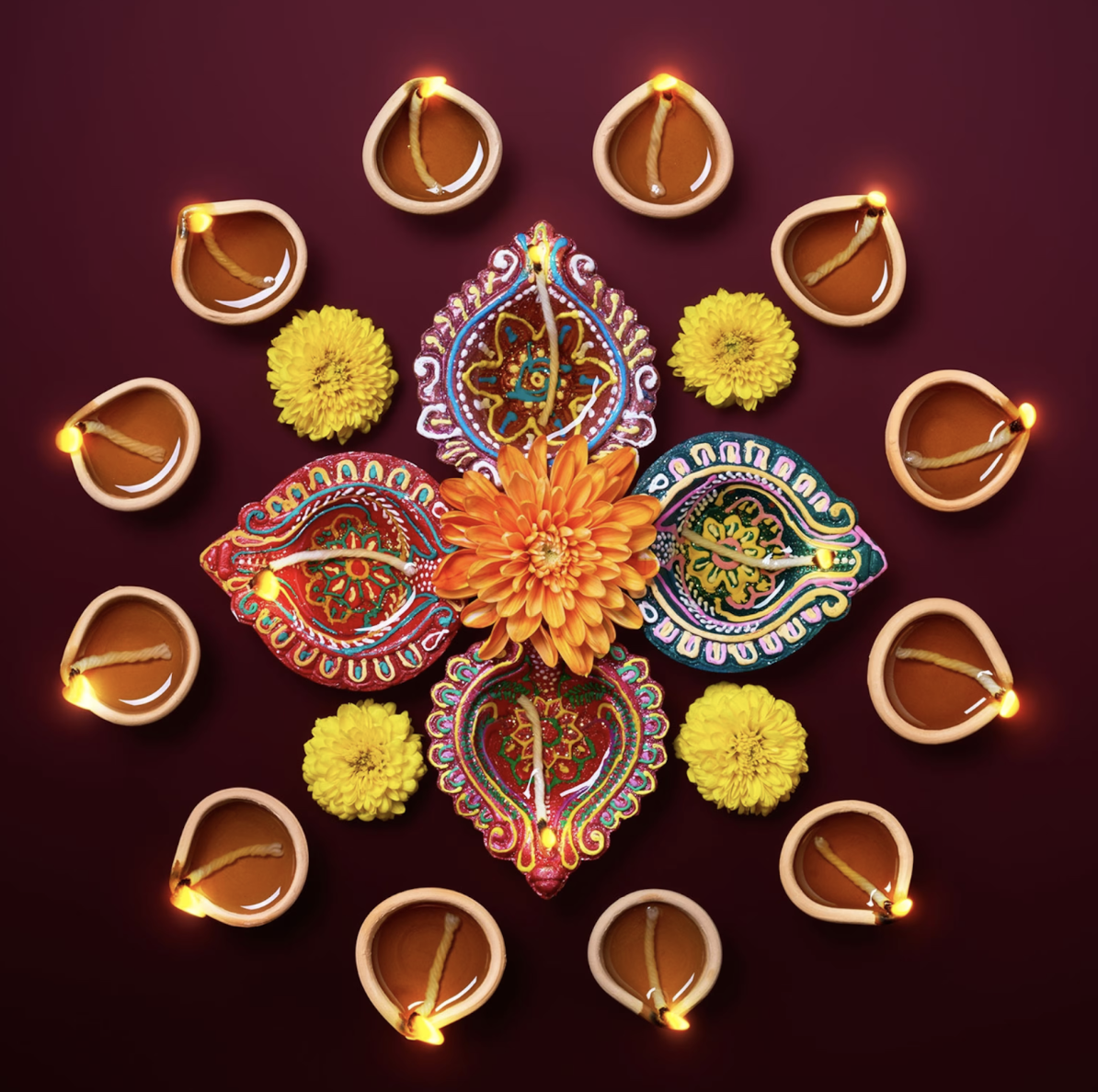By Petros Lopez Petalas, Year 12
This year, on May 5th , Orthodox Christians around the world celebrated Easter. It is the same celebration as Catholic and Protestant Easter, but is on a different date, as the Orthodox Church functions on a different calendar. Easter is one of the biggest religious celebrations of Orthodox Christians in Greece and around the world. The customs of Orthodox Easter are very special and carry a lot of significance. In Greece, special customs take place throughout Holy Week, the week that leads up to Easter Sunday.
On Holy Monday, religious fasting begins. Although some people fast for 40 days before Easter, most people nowadays only fast during Holy Week. During this week, people avoid eating meat, fish, eggs or butter. The fast symbolizes abstinence and sacrifice leading up to Easter Sunday.
Holy Thursday is the day to make Tsoureki and dye red eggs. Tsoureki is a traditional sweet bread that symbolizes joy. This is why in Greece, people make and eat Tsoureki on major holidays, not only on Easter, but Christmas as well. The basic ingredient that makes Tsoureki special and unique in its taste and smell is the mastic (sap from a particular tree), which is only cultivated on the Greek island of Chios. The most characteristic element of Easter is the red eggs. Even before chemical colors were invented, the Greeks used leaves and roots of plants, which they boiled with the eggs to make them red. These red eggs symbolize both the sacrifice of Christ and the joy of his resurrection. As per custom, on Easter Sunday everyone chooses a red egg. Each person pairs up and taps each other’s egg on the top of the egg and in turn, on the bottom, while saying “Christos Anestis” (Christ has risen) and the other answers back “Alithos Anestis” (indeed he has risen). This is a moment of community and sharing of the Easter spirit to remember Christ’s resurrection.
Holy Friday is an official holiday in Greece. Flags are raised at half-mast on all public buildings to symbolize mourning. In the evening most people go to church to attend the service. This special service includes the Epitaphio. The Epitaphio is a wooden box decorated with fresh flowers, symbolizing the body of Christ. Four men, holding the Epitaphio, take it out into the streets outside the church. The people follow a procession to the accompaniment of mournful music.
On Holy Saturday, the great mass of the Resurrection takes place at midnight. A key feature is the white candle held by everyone who goes to church, called a Lambada. It is customary for godparents gift their godchild a Lambada every year to take to the Easter mass. The white candle and the light symbolize joy, optimism and the victory of life. The fast ends on the evening of Holy Saturday after mass. Most people after returning from church eat a special soup made of vegetables and meat called Magiritsa.
It is traditional to eat lamb on Easter Sunday, and to be preparing it from the morning. The lamb is placed whole over a low fire and turned on a spit until cooked. It usually takes five to six hours to prepare, while people gather around, and crack their red eggs that have been dyed in the days leading up to Easter. These customs are important to Greek culture as they remind us of values such as forgiveness, kindness, and empathy. It also reminds the Greek people and others about the importance of tradition and how we should stay in touch with our traditions.
Easter is a wonderful time of the year allowing us to reflect on ourselves, how we can become better people, and remember that forgiveness is crucial to improving our spiritual life.



